Wild cats are carnivores, meaning they primarily consume meat. Their diet includes a variety of animals such as snakes, small rodents, large hoofed mammals like zebras and antelopes, fish, birds, bears, monkeys, and even other wild cats.
The survival of wild cats depends on the availability of prey. If there isn’t enough prey, wild cat populations may become fragmented, struggling to find food, or decrease in size due to starvation and reproductive challenges.
What causes prey decline
Prey decline can occur naturally when predators are abundant in an area. When the prey decreases, the predator population also declines. A decline in predators causes a resurgence in prey.
Regarding wild cats, loss of prey is more commonly caused by habitat loss from deforestation, industrialization, urbanization, farming and ranching, and the use of pesticides, herbicides, and other environmental chemicals and poisons.
Wild cats and healthy ecosystems
Wild cats are apex predators, meaning they are at the top of the food chain. They play a crucial role in maintaining a healthy ecosystem by controlling prey populations, removing weak and sick individuals, preventing disease spread, and curtailing vegetation overgrazing.
When wild cat populations decrease due to prey decline, the ecosystems they inhabit can become unstable and even collapse.
Preventing prey depletion
Solutions to prey decline include:
• apex predator education to increase understanding and awareness of their value and importance.
• maintaining and restoring predator and prey habitats.
• Growing both the predator and prey population.

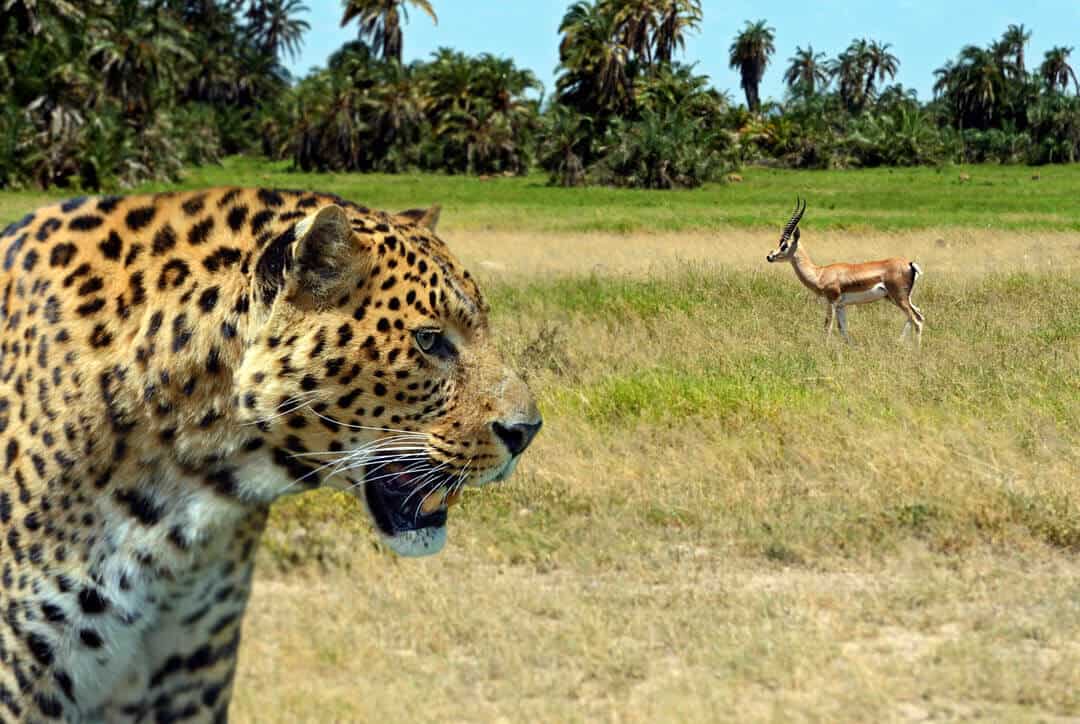

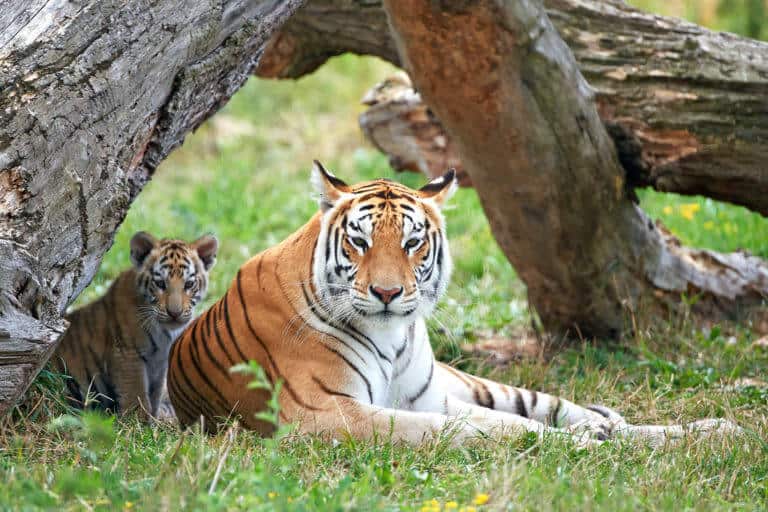
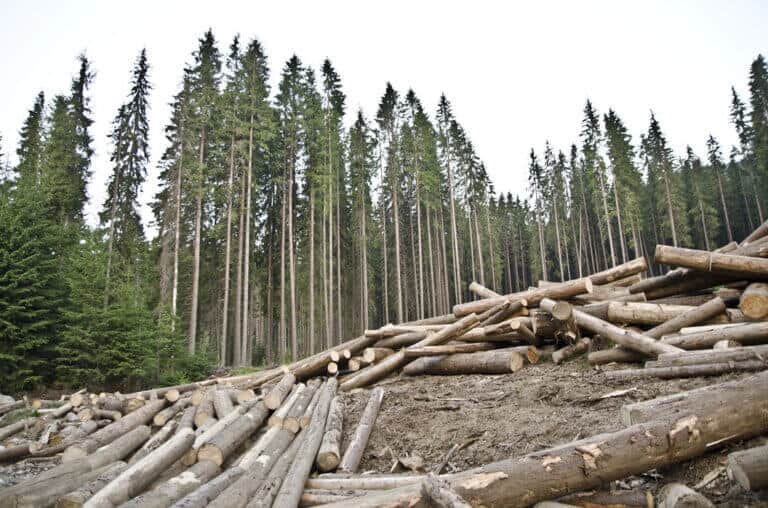
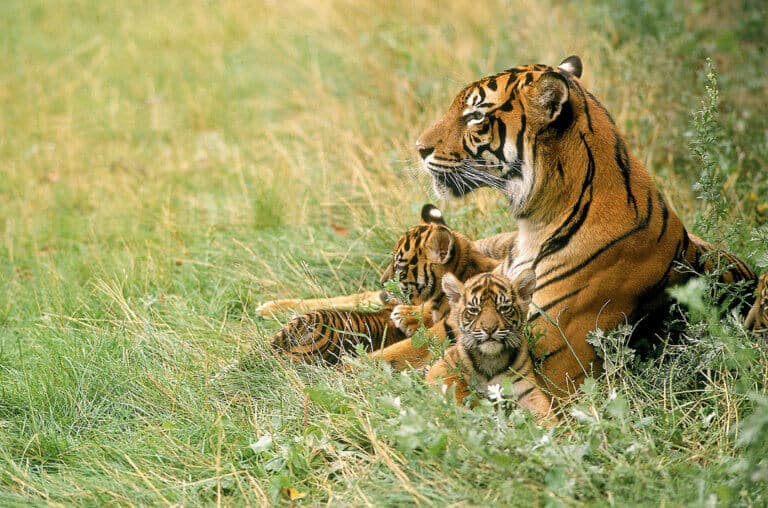
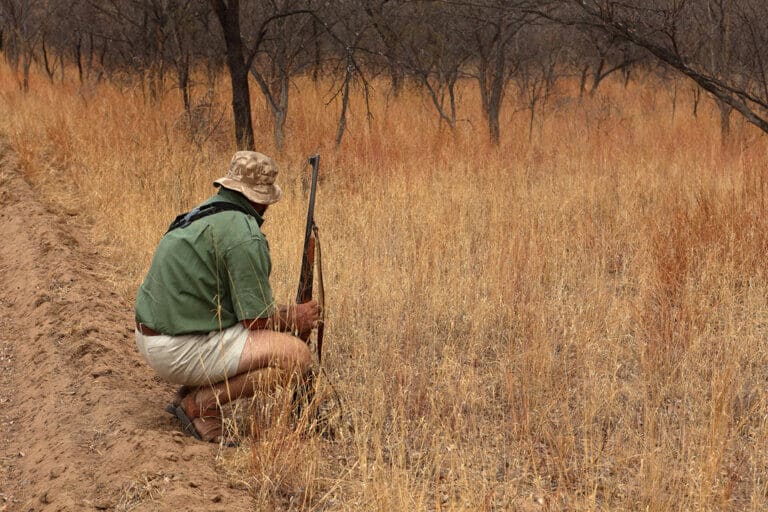
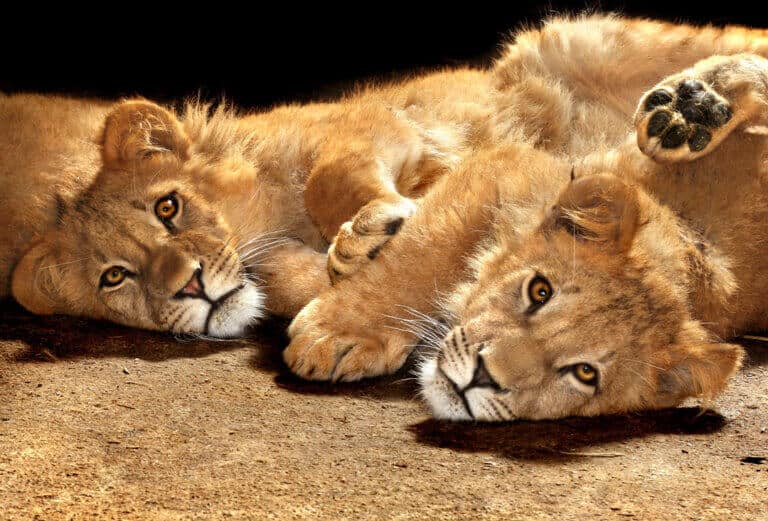
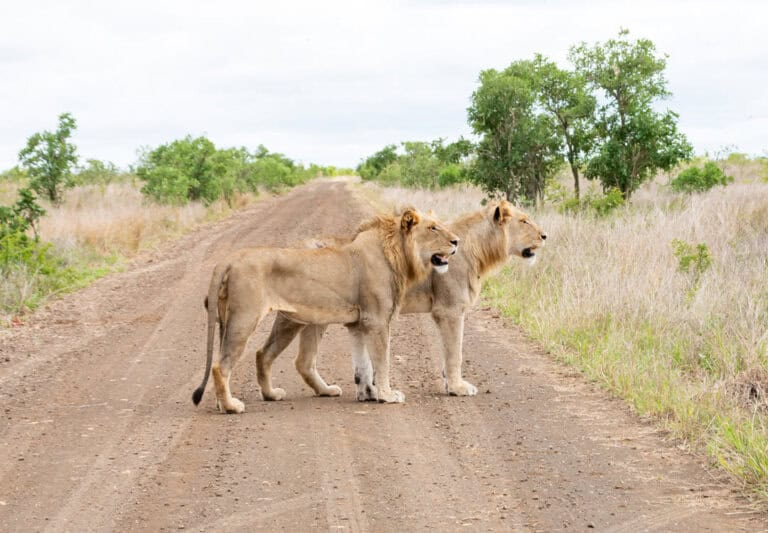
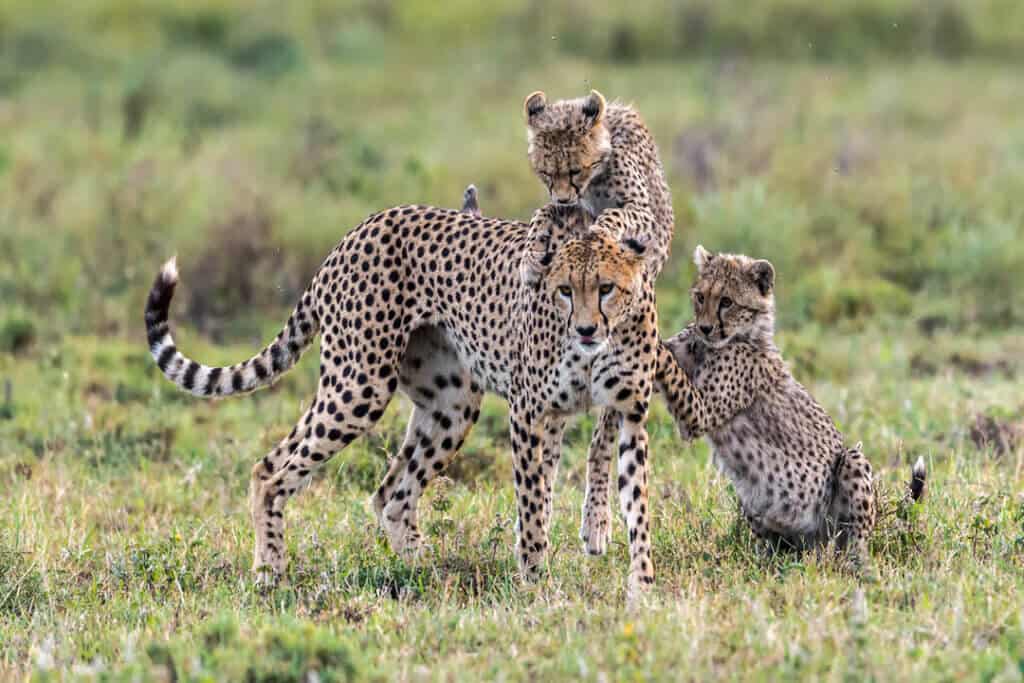

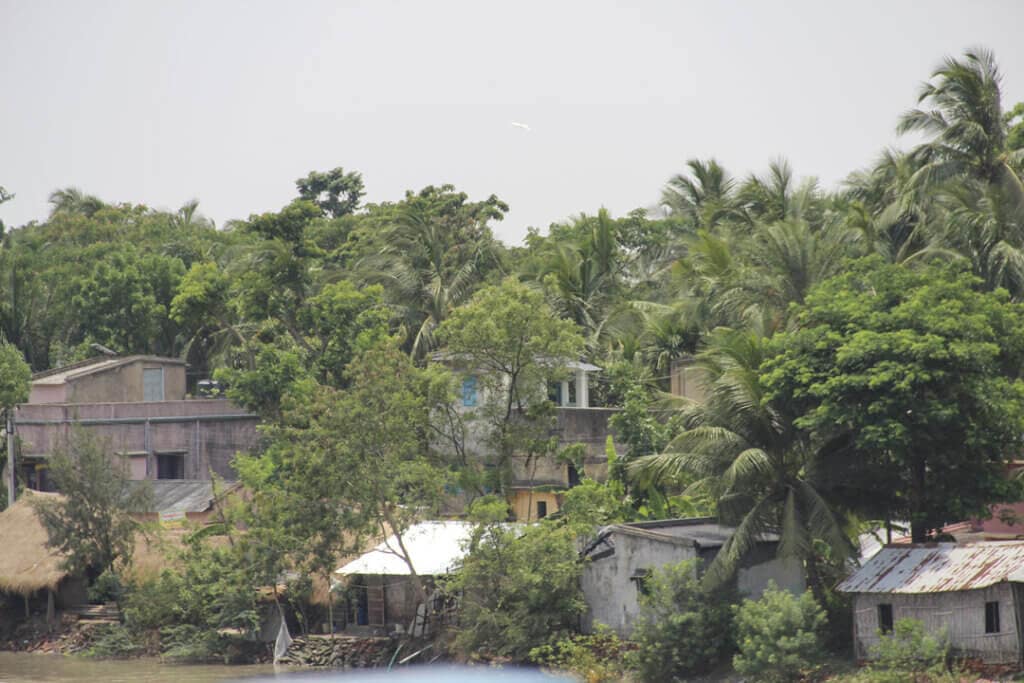
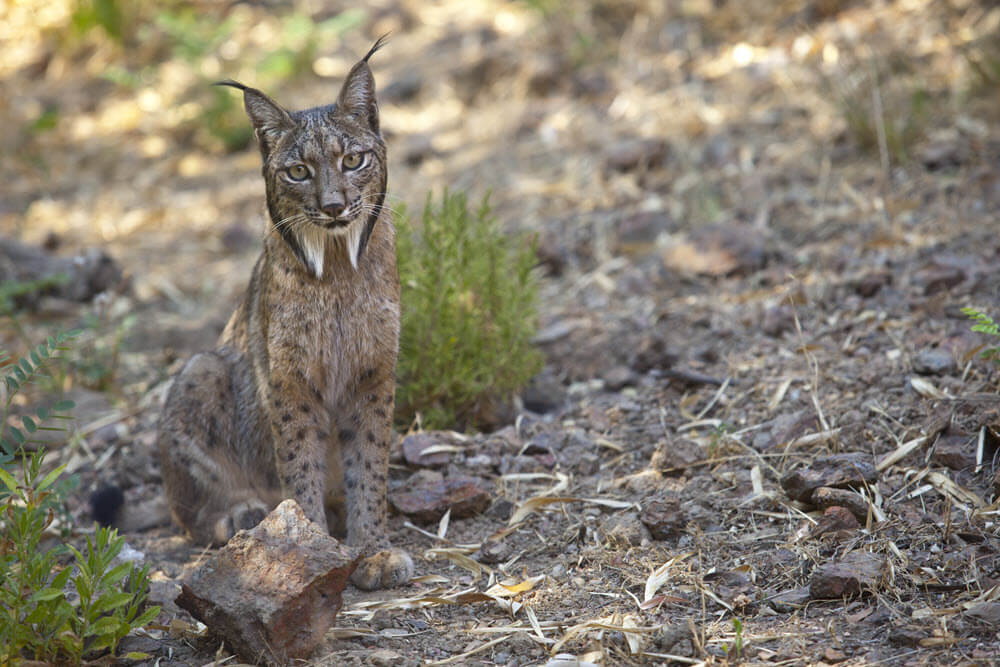
0 Comments